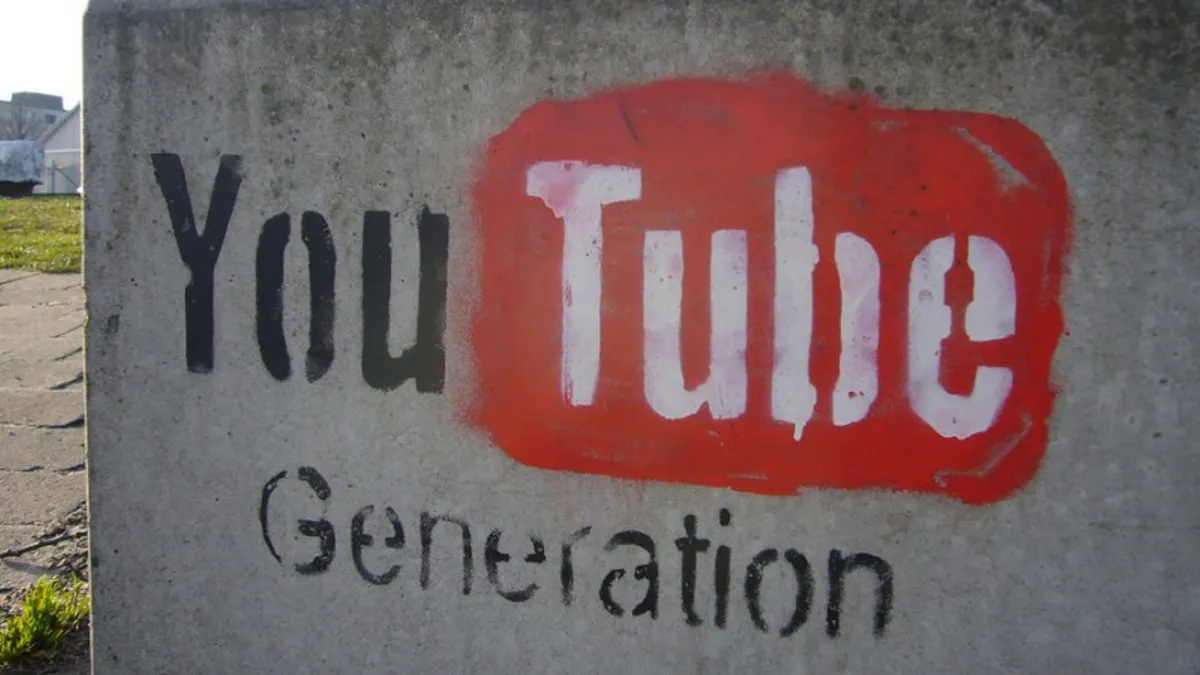Dive Brief:
- Though media chatter over YouTube's brand safety controversy and subsequent advertiser boycotts has cooled, major U.S. brands including Procter & Gamble (P&G) and Walmart have yet to return to the Google-owned video platform, according to a report in Ad Age. Johnson & Johnson and Nestle are two of the bigger brands that have resumed advertising, but others are staying away until the platform can provide more concrete reassurances that ads won't appear next to offensive content.
- Unilever CMO Keith Weed suggested one reason some brands stuck with YouTube was concern over "headline risk," or getting married to the negative news coverage of the boycott. "I believe it's better to stand by a partner and work through a problem than walk away," he told Ad Age. "Plus, you wonder how some of these brands can ever go back, because no one can give you a 100% guarantee of safety."
- Beyond brand safety, a larger problem with the effectiveness of advertising on YouTube might be relevance, Zefr, a company that analyzes YouTube ad placements, told Ad Age. For example, ads for alcohol appear next to videos of the game Minecraft, clips from the TV show "Peppa Pig" and other content targeting children.
Dive Insight:
The YouTube boycott initially seemed like more of a PR problem for the platform and for Google than a major hindrance to revenue, but it did cost YouTube 5% of its top North American advertisers at its peak. The fact that some of the biggest brands involved are continuing to stay away might not only put a dent in some of YouTube's credibility but also shows how many in the industry are seriously rethinking how much they value digital advertising as a channel, with P&G leading much of that conversation. P&G, one of the world's largest advertisers by media spend, has suggested it wants to recommit to more TV advertising, which is seen by many as a safer, more transparent bet.
That's not to say YouTube is still feeling the full effects of the freeze. According to research from the ad-tracking firm MediaRadar cited by Digiday, six of the 13 boycotting brands in the U.S. — General Motors, Johnson & Johnson, Nestle, AT&T, Verizon and Walmart — were back running ads on YouTube in June, though Walmart confirmed to Ad Age that it was still out.
Marketers generally only have some control over where their ads appear via audience targeting, but those tactics only work as well as the platforms and publishers allow. Videos must be correctly identified and tagged for the audience who will likely watch the spots, so the automated technology can correctly match it with relevant ads. Based on the Ad Age report, that process remains a work in progress for YouTube, and might even be a greater issue as brand safety starts to have some of its kinds ironed out.














